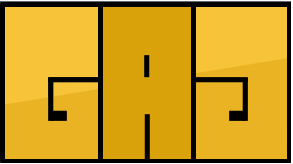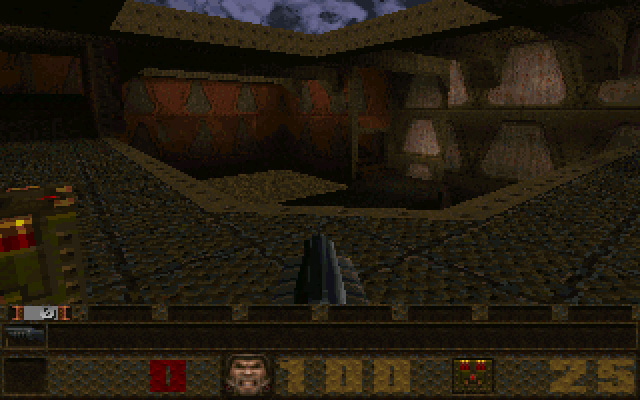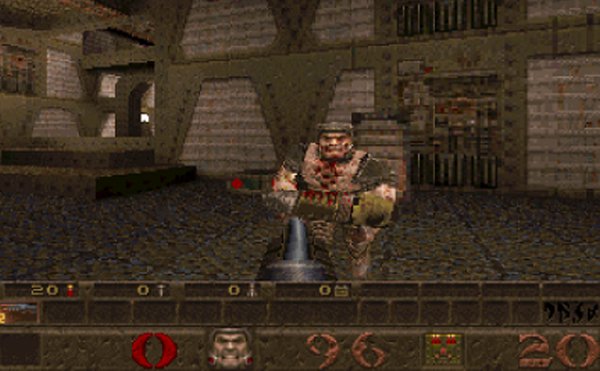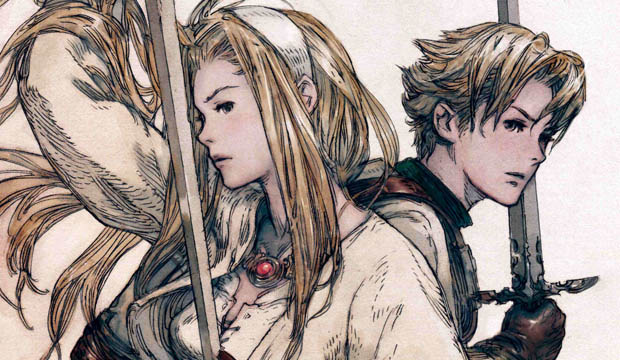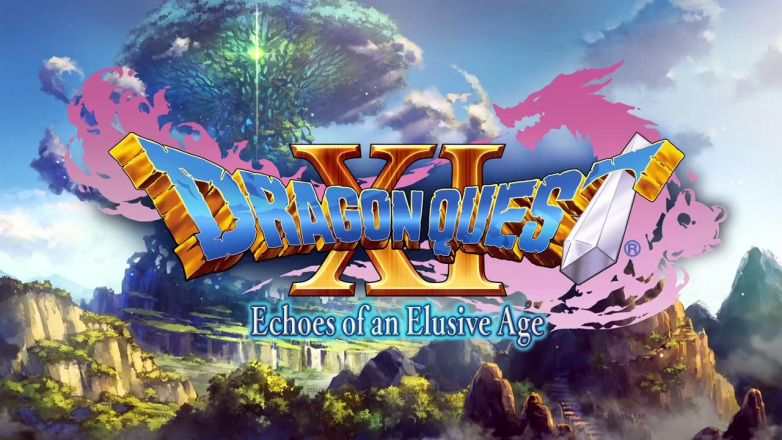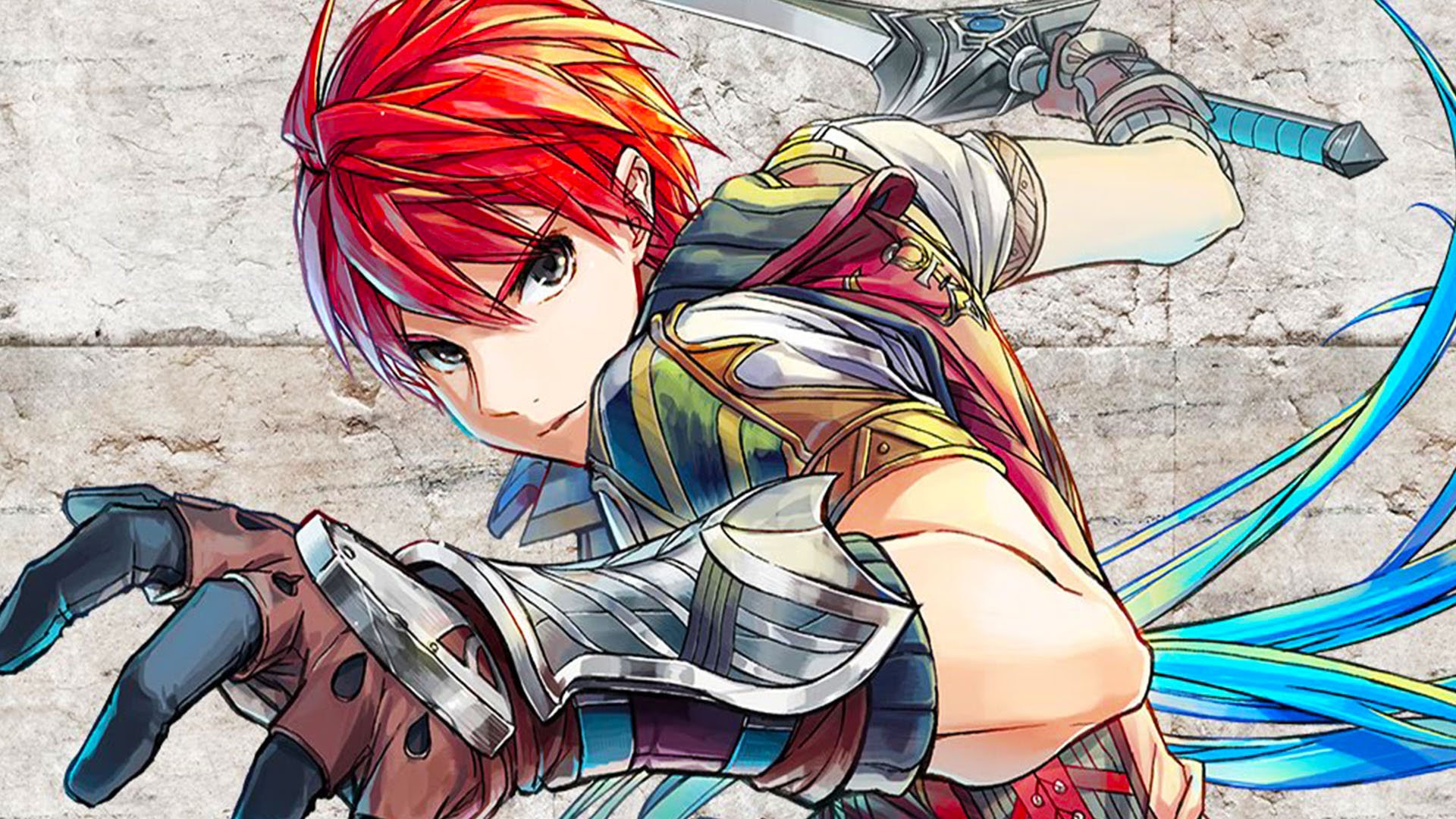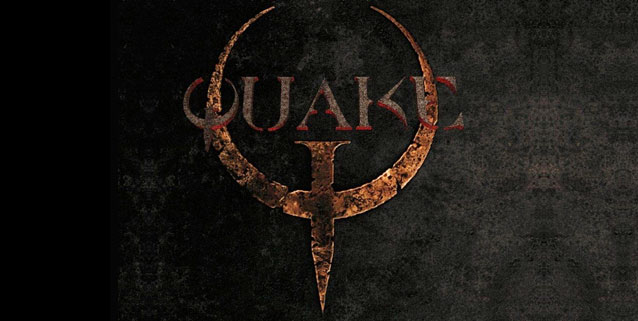
Quake was released 20 years ago today. I, and millions of others around the world owe a debt to id Software and Quake. The game that launched a million deathmatches, LAN parties and mods. Quake was to Doom what Super Mario 64 was to Super Mario World. It built on the ingenuity, creativity and charm of its 2D heritage and effortlessly made its mark on 3D gaming.
I first encountered Quake at the local library. The shareware version of Quake was installed on a boxy, beige international business machine that was primarily used for typing up letters and browsing CD-ROM based encyclopedias. I began to spend a lot of time in the local library exploring every nook and cranny of the game’s first episode.
I can, to this day, draw you a pretty good map of each level of that episode. The fun didn’t last too long however, after a couple of weeks pensioners and staff wanted to write letters and look up information on the Boer War again. The Quake directory was deleted and I found myself at a loss for things to do with those long summer days.
Some time in the Autumn of that same year my family bought a computer. It was a Pentium 133Mhz machine with no on-board graphics and 16MB of RAM. It was a good system at the time. My first priority with the computer was Quake, I got the CD-ROM version from a family friend and installed the full game using their disk. Something id would not be happy about I’m sure, though I’ve made it up to them over the years purchasing the game many times over.
As a successor to Doom, Quake is more than worthy. The game is not as pacey as id’s world-changing, genre-defining demon slayer, but it makes up for this with the intricacy of its architecture and technical spectacle. Quake was a very pretty game upon release and there’s something fetching about it still. The enemies are iconic and recognizable at a distance, even with their blocky faces and muddy texturing.
Doom focuses its combat on fast paced projectile dodging. Quake is the same but the action is slowed somewhat. Characters throw 3D projectiles at a slower pace, a lot of the combat is about circling an enemy and baiting an attack. Learning the patterns and exploits for each foe is rewarding and essential to survive some of the tough stages of the later episodes.
Then there’s multiplayer, a mainstay of my youth. We used to play Quake a lot on the computer network in my primary school. We’d also hook up a laptop that belonged to one of a friend’s father. It was one of those blurry screen Thinkpads, the speed of Quake made everything appearing on screen a smeary mess but we still had a lot of fun and wasted many days and nights with head-to-head bouts.
Unfortunately, my family’s first computer had no in-built modem, in fact we wouldn’t have the internet in our home for many years. Moreover, the internet as we know it today only began rolling out in 1996 on Irish shores. It was only well after Quake 2 was released and Quake 3: Arena right around the corner that I got to try Quakeworld, it was a very different experience to that of LAN play. There are many tricks and techniques to playing Quake online, leading shots is very important as is constant movement. On LAN projectiles go where you want them to, almost instantly. This is not the case over the Internet. How and ever, Quake continued to be in heavy rotation among my circle of game playing buddies.
This morning I fired up Quake, a Quakeworld source port that features an easy to use server browser, to my delight many people were still playing and enjoying Quake online on its anniversary. I jumped into a match, my muscle memory kicked in, my brain memory kicked in, I was finding the weapons I needed, holding down armour and power ups and having the time of my life. Thank you Quake, so much has changed but you stay the same and you’re still fabulous all these years on.
